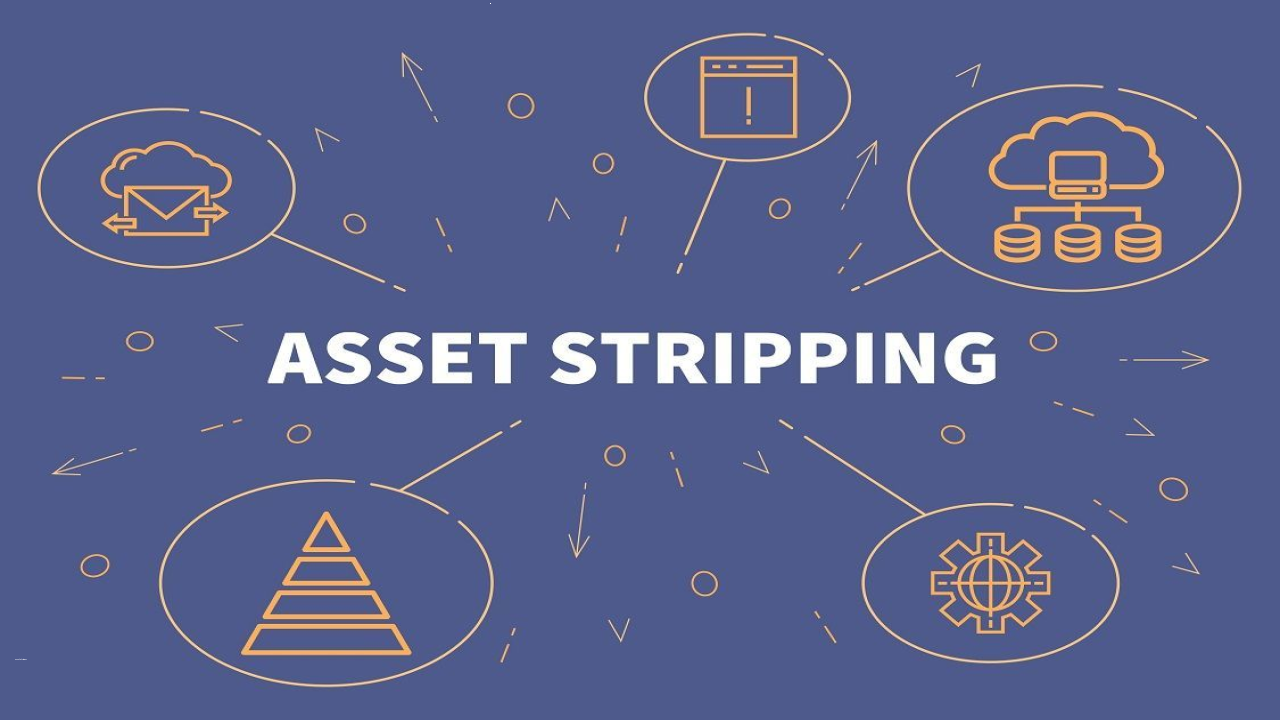What is Asset stripping?
Asset stripping is a controversial business practice wherein an individual acquires a company with the intention of maximizing profit by systematically dismantling its assets and selling them off individually. This process often involves the separation of subsidiaries, liquidation of plant and equipment, and divestment of properties. While asset stripping can be a lucrative strategy for investors, it has earned a negative reputation due to its impact on employees and the potential for exploiting undervalued businesses
The Essence of Asset Stripping
Asset stripping entails the acquisition of a company that is undervalued or underperforming in the market. The objective is to capitalize on the discrepancy between the company’s overall value and the sum of the individual assets when sold separately. By acquiring the company at a lower price, asset strippers aim to extract maximum value from the assets they sell, resulting in significant profit margins.
Methods of Asset Stripping
- Separation of Subsidiaries: Asset strippers often identify profitable subsidiaries within a company and separate them to be sold independently. By isolating these subsidiaries, the investor can highlight their individual value, making them more attractive to potential buyers.
- Liquidation of Plant and Equipment: Another method involves liquidating a company’s plant and equipment, selling them to interested parties or other businesses. This approach allows asset strippers to generate immediate cash flow by divesting these assets.
- Divestment of Properties: Real estate holdings owned by the targeted company are often prime assets for asset strippers. They identify valuable properties and sell them off, potentially to real estate developers or investors, who can leverage the assets more effectively.
Impact on Employees
One of the primary criticisms of asset stripping is its adverse effect on employees. As assets are sold off, the company’s operations shrink, leading to job losses and uncertainty for the workforce. This process is often considered exploitative, as employees are stripped of their livelihoods while investors profit from the sale of company assets.
Ethical Considerations
Asset stripping raises ethical concerns due to its potential for opportunistic behavior. Critics argue that asset strippers prioritize short-term financial gains over long-term sustainability and growth. Additionally, acquiring undervalued companies solely to dismantle them may result in missed opportunities for restructuring and revitalizing struggling businesses.
Legal and Regulatory Measures
Governments and regulatory bodies have implemented measures to address the negative consequences of asset stripping. Some jurisdictions have introduced laws to protect employees during the acquisition process, ensuring fair treatment and compensation. Furthermore, stricter regulations and oversight aim to discourage unethical asset stripping practices.


